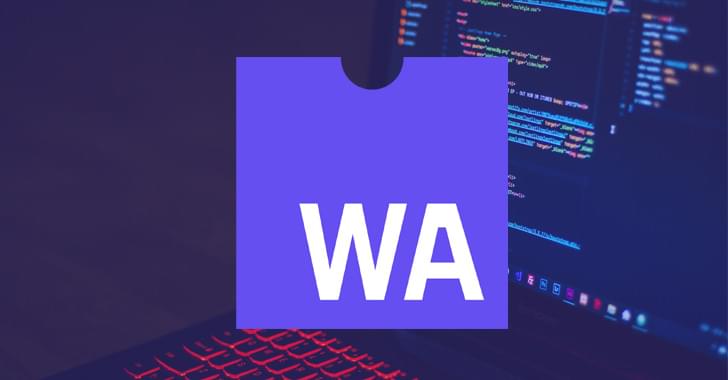Medics are on alert for cases of the rare infection that cause can be serious and even deadly to some people.
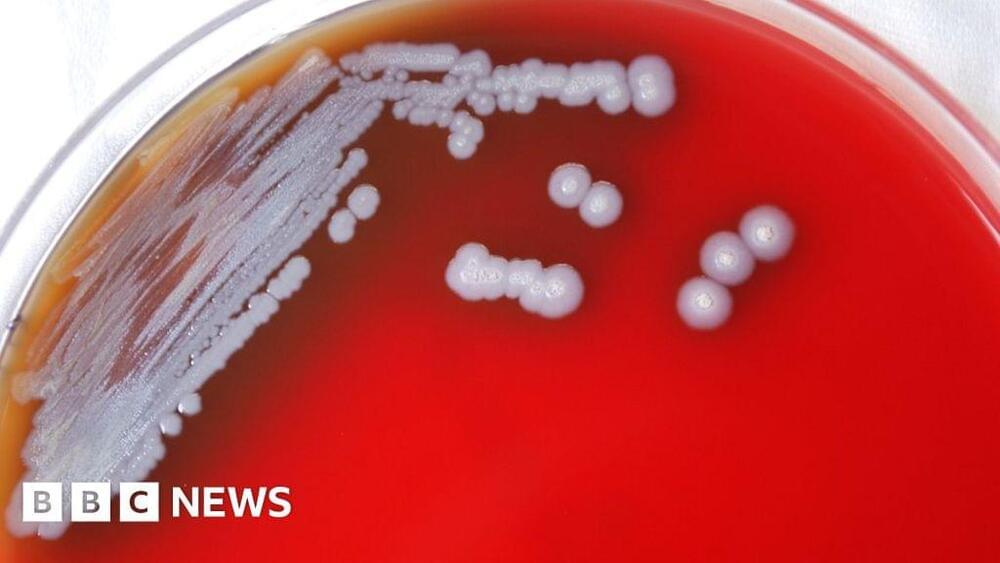

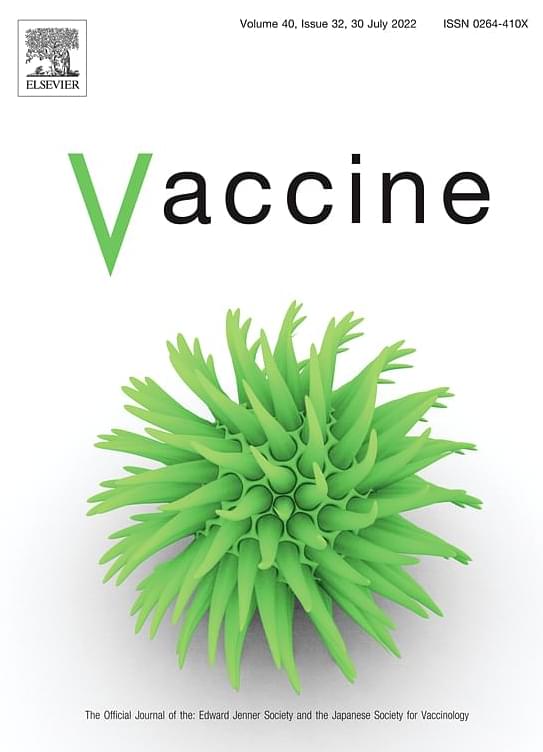
Academics have created a vaccine which has the potential to protect humans from the infection melioidosis, also called Whitmore’s disease.
The vaccine is the result of two decades of research, and is the most protective tested to date.
Melioidosis is caused by the bacterium Burkholderia pseudomallei. It is thought to be spread in soil and dust, but experts do not yet know why it only affects people and animals in tropical regions. Occasionally people from the UK have contracted melioidosis while on holiday abroad.
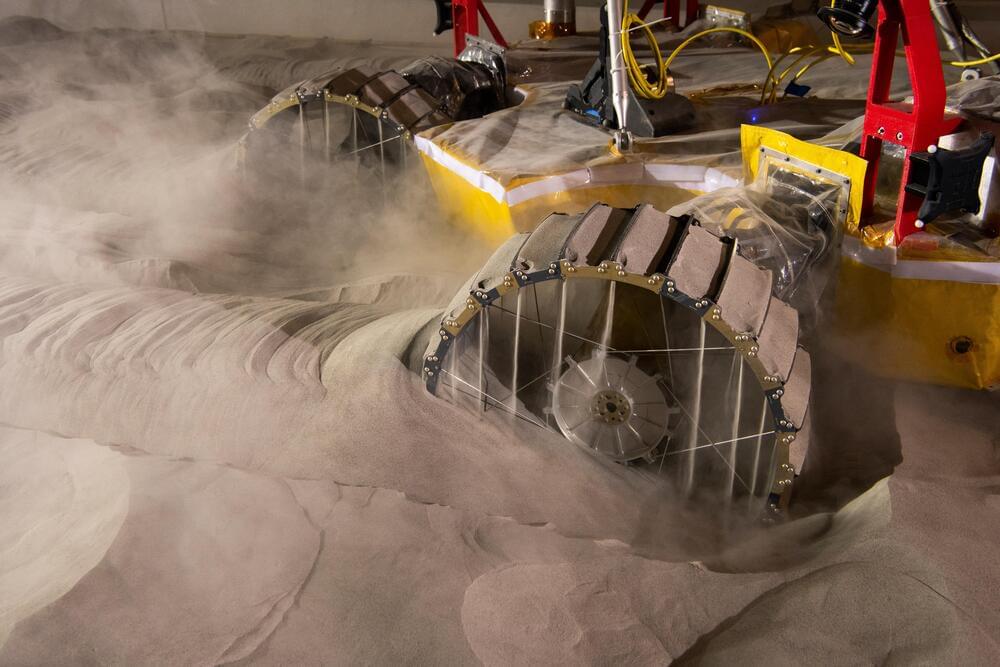
NASA’s Volatiles Investigating Polar Exploration Rover (VIPER) prototype recently endured the most realistic tests to-date of its ability to drive through the most difficult terrain during its mission to the Moon’s South Pole.
Quantum computers, devices that exploit quantum phenomena to perform computations, could eventually help tackle complex computational problems faster and more efficiently than classical computers. These devices are commonly based on basic units of information known as quantum bits, or qubits.
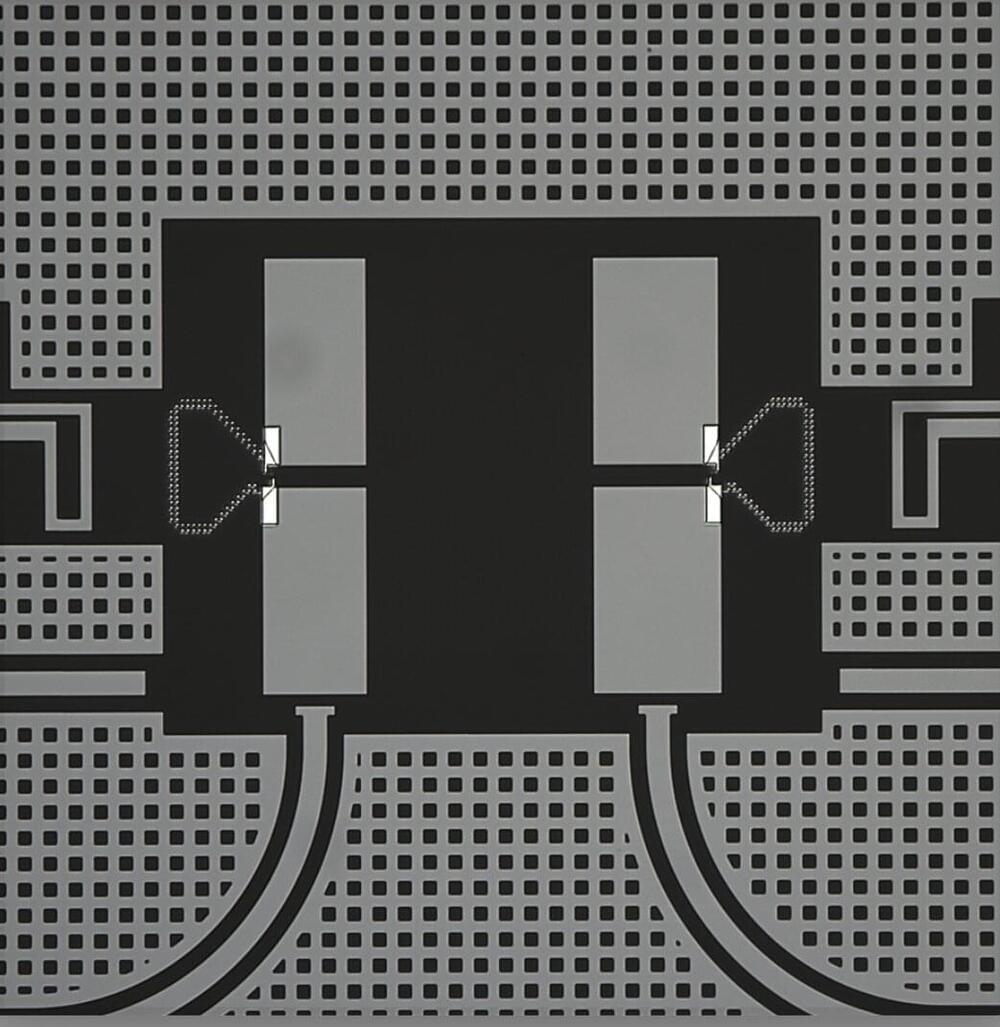
Quantum computers, devices that exploit quantum phenomena to perform computations, could eventually help tackle complex computational problems faster and more efficiently than classical computers. These devices are commonly based on basic units of information known as quantum bits, or qubits.
Researchers at Alibaba Quantum Laboratory, a unit of Alibaba Group’s DAMO research institute, have recently developed a quantum processor using fluxonium qubits, which have so far not been the preferred choice when developing quantum computers for industry teams. Their paper, published in Physical Review Letters, demonstrates the potential of fluxonium for developing highly performing superconducting circuits.
“This work is a critical step for us in advancing our quantum computing research,” Yaoyun Shi, Director of Alibaba’s Quantum Laboratory, told Phys.org. “When we started our research program, we decided to explore fluxonium as the building block for future quantum computers, deviating from the mainstream choice of the transmon qubit. We believe that this relatively new type of superconducting qubit could go much further than transmon.”

From cattle to uncontrolled wildlife, pesky but pervasive large parasites like tapeworms have a far greater impact on the total body health of their mammal hosts than previously known, new University of Alberta research suggests.
“Parasites don’t have to kill the animal to control a population,” says Kyle Shanebeck, a Ph.D. student in the Faculty of Science’s Department of Biological Sciences who led the study.
Shanebeck explained that all wildlife have at least one and often multiple parasites. The less fatal a parasite, the more prevalent it is within a population, with potentially stronger negative effects.
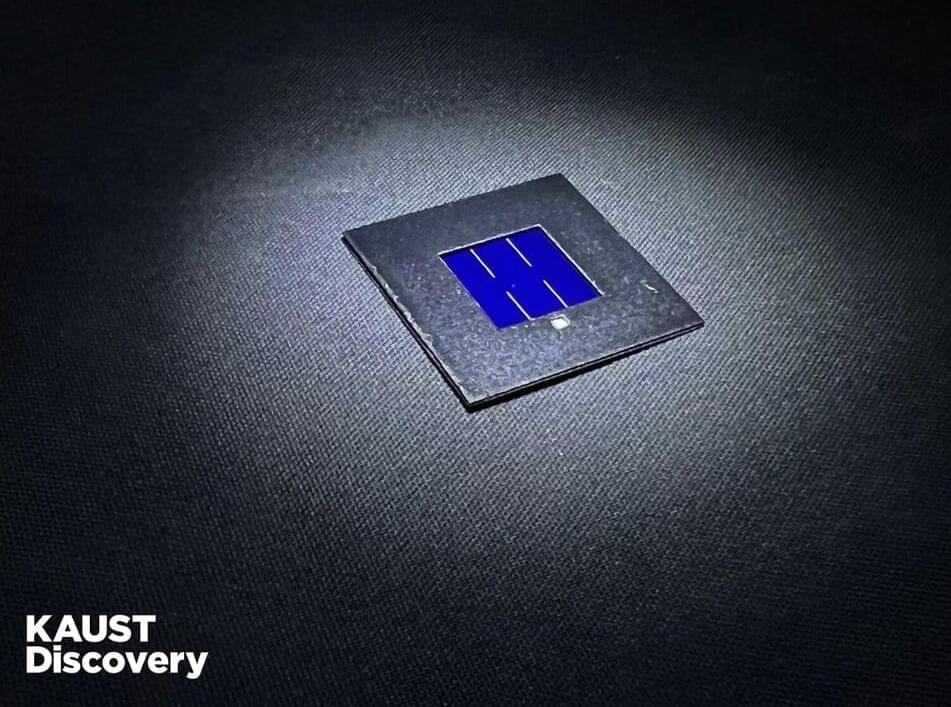
Inserting a metal fluoride layer in multilayered perovskite-silicon tandem solar cells can stall charge recombination and enhance performance, KAUST researchers have found.
Tandem solar cells that combine perovskite and silicon-based subcells in one device are expected to better capture and convert sunlight into electricity than their conventional single-junction silicon analogs at a lower cost. However, when sunlight strikes the perovskite subcell, the resulting pairs of electrons and positively charged holes tend to recombine at the interface between perovskite and the electron-transport layer. Also, a mismatch between energy levels at this interface hinders electron separation within the cell. Cumulatively, these problems lower the maximum operating voltage available, or open-circuit voltage, of the tandem cells and limit device performance.
These performance issues can partially be solved by introducing a lithium fluoride layer between the perovskite and electron-transport layer, which usually comprises the electron-acceptor fullerene (C60). However, lithium salts readily liquify and diffuse through surfaces, which makes the devices unstable. “None of the devices have passed the standard test protocols of the International Electrotechnical Commission, prompting us to create an alternative,” says lead author Jiang Liu, a postdoc in Stefaan De Wolf’s group.

A fter schools shifted to an online teaching mode, 17-year-old Nisha Pathak was worried about her increase in screen time. To avoid spending too much time looking at computers and to keep herself active, the Class 12 student of Neeraja Modi school, Jaipur, Rajasthan, took up farming.
“I wanted to keep myself engaged in activities that did not require looking at a screen. Apart from that, I wanted to grow the veggies and distribute them to underprivileged families living near my home,” says Nisha, adding that she learnt how to prepare seeds and plant them from a gardener in her community premises.
Initially, she grew vegetables like potatoes, onions and tomatoes. The harvest was distributed among underprivileged families who were living in neighbouring areas and were unable to procure fresh vegetables regularly.


